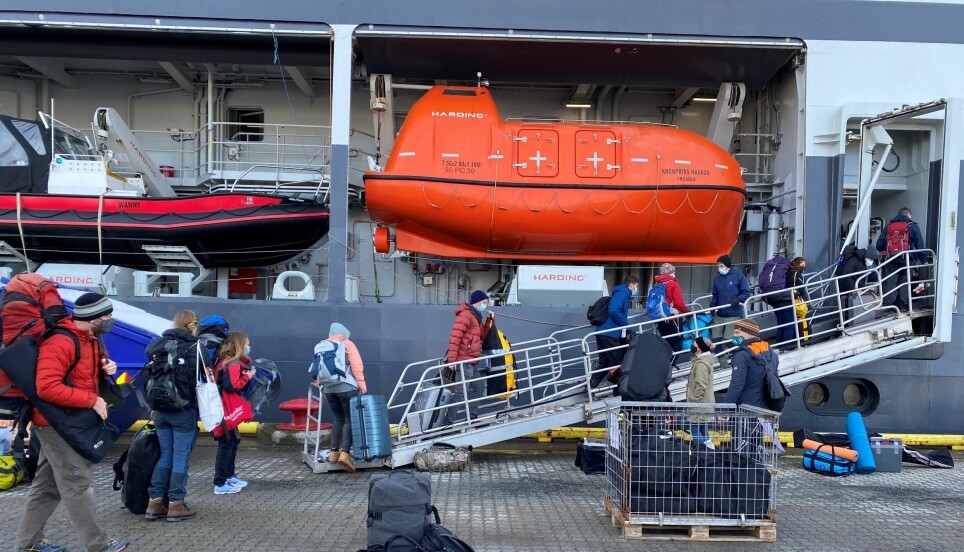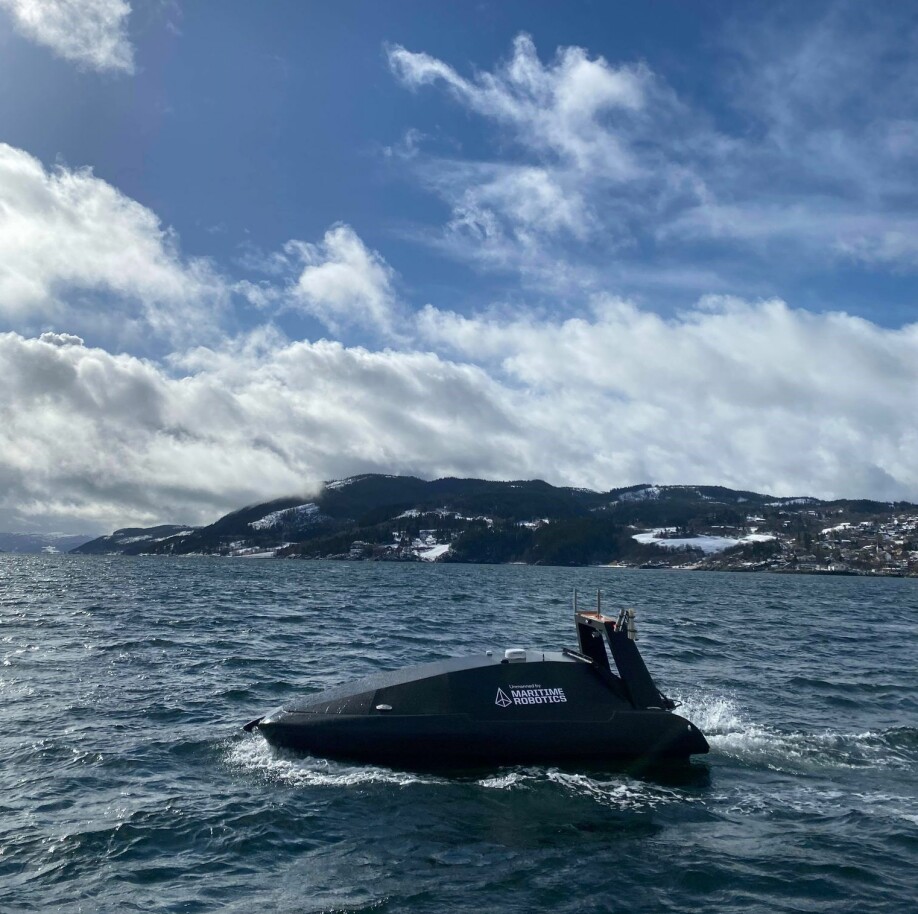
Spring, a biologically critical time window in the Arctic
During the Nansen Legacy cruises we work together with joint forces towards an improved holistic understanding of the marine systems in the Arctic and the Barents Sea.
In the Nansen Legacy project, we investigate the northern Barents Sea and the adjacent Nansen Basin. These important regions of the Arctic Ocean are particularly exposed to changes in our climate with consequences for the marine and ice-associated ecosystems.
To be able to distinguish seasonal variations from long-term trends but also to identify the development over a year–seasonal cruises constitute a key component in the Nansen Legacy project. Three seasonal cruises were already conducted in summer and autumn/early winter 2019 and late winter 2021.

Investigate spring in the Arctic
The cruise we are embarking on now will conclude the seasonal investigations and cover the spring period, a biologically critical time window when a large part of the annual primary production occurs. The phytoplankton and ice algal spring blooms constitute an essential component in the Arctic marine food web, thus any changes in their timing, magnitude and composition will have cascading effects on the rest of the ecosystem.
We will investigate the environmental conditions across an environmental gradient from open Atlantic waters in the southern Barents Sea to ice-covered waters in the northern Barents Sea and adjacent Nansen Basin on board RV Kronprins Haakon. Measurement of heat and volume transport will allow for a year-long evolution of mixing of water masses in the region.
Get a better understanding of what is affecting life in higher latitudes
The optical properties of sea ice and water column will be investigated to improve our understanding of light as a critical driver for many biological processes, especially in ice-covered seas. Characterization of biogeochemical processes in water column and sea ice, including particulate and dissolved organic matter, ocean acidification state, nutrients and essential trace elements (micro nutrients) and heavy metals will increase our understanding of the chemical processes facilitating life at these high latitudes.
We will investigate life in the ice, the ocean and the seafloor from virus to fish. Biological communities in sympagic, pelagic and benthic realms in the northern Barents Sea and adjacent slope in terms of biodiversity, abundance, biomass and distribution patterns though molecular and morphological approaches will be sampled and investigated. Environmental characteristics along the climate gradient represented by the transect, will provide information on habitat and drivers.

To achieve the above we will sample water for chemical and biological analyses, collect zooplankton with various types of nets, trawl for fish and benthic animals, take sediment samples from the seafloor, deploy sediment traps to estimate vertical particle flux, measure critical biological rates and conduct experimental studies in specialized labs on board and establish algal cultures. At sea ice stations we will collect ice cores for physical properties, chemical and biological analyses and map sea ice properties such as snow and sea ice thickness.
Diver support and robotic platforms
A team of scientific divers will collect and document organisms living below the sea ice and deploy sediment traps and incubation rigs below the ice. We will also be supported by robotic platforms like Unmanned Surface Vehicles (USV), Autonomous Underwater Vehicles (AUVs) and Remotely Operated Vehicle (ROV) to provide measurements of undisturbed environment. The marine robotics component is complemented by airborne and satellite measurements to put our observations in a broader context. The ROV work and scientific diving will also complement each other as the former can map under-ice properties at larger spatial scales while the latter can actually obtain biological samples from under-ice environments which are difficult to obtain by other means.
The area we investigate has a key position in the global Climate
The Barents Sea ecosystem provides essential services to human societies such as oxygen, food, nutrients and a sink for anthropogenic CO2. An improved understanding of the seasonal variations of the environment and the ecosystems living and thriving in open waters and ice-covered areas is important for us to be able to quantify the rates of change, as this particularly vulnerable part of our planet holds a key position in the global climate and is a harbinger of changes in other parts of our planet.
The outcome of the cruise will improve knowledge-based ecosystem management and make us better prepared for the future. Basic and curiosity-driven research is an important component of the Nansen Legacy project, and the cruise participants consist of a highly motivated group of early career and senior researchers driven to understand how the natural world around us functions and is threatened by pressures we impose upon it. During the cruise we will come across many fascinating and wonderful aspects of Arctic nature!
One by one, we puzzle together the pieces to get a better picture of the Arctic
Arctic and marine science benefit from technological advances. The ocean cannot be fully sampled using satellite remote sensing. Considering the dimensions of the oceans and the constant changes, we will never be able to measure everything. We would need to find the most interesting areas both in time and space and sample them, just like we do when we decide when and where to go with the research vessel. Applying sampling and statistical methods the robotic systems can be programmed to optimize the value of the information they collect.
An autonomous future for research

A research cruise like this has a substantial environmental footprint – and we need to be devoted to increase the information value of each day in the field while fighting to minimizing our emissions. We need to develop technology to provide more sustainable ways of getting the information we need to obtain the scientific understanding necessary to manage our natural resources. Autonomous technology holds the potential to make a difference with increasing efficiency, performance and capacity for ocean sampling. We hope the technology that has been developed for and will be tested during this cruise will contribute to this development.
Different disciplines from different institutions work together for the projects main goal
Technology for robotics in marine research represents a small niche were advances often are results of adaptations of progress in other fields. Better collaboration sharing both data and methods across technology and scientific disciplines will without doubt contribute to widening the niches improving the conditions for improvement and progress. During the Nansen Legacy cruises we work together with joint forces towards an improved holistic understanding of the marine systems in the Arctic and the Barents Sea.







